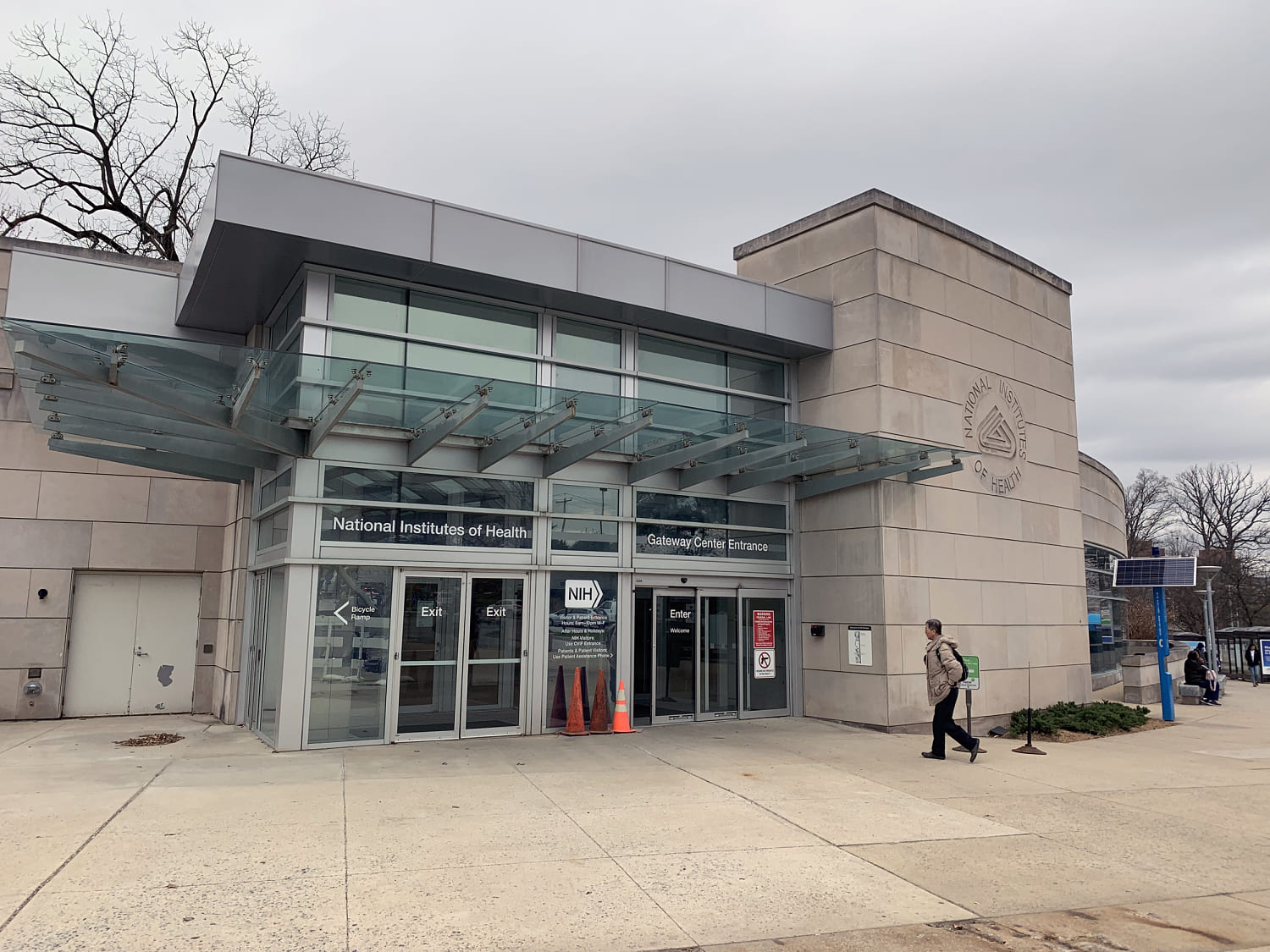
The National Institutes of Health announced Friday that the agency is making cuts to grants that support research institutions by limiting the amount of indirect funding for research projects to just 15%.
In the agency’s announcement, the NIH’s Office of Policy for Extramural Research Administration, or OPERA, wrote that $9 billion of the $35 billion total spent on research grants in fiscal year 2023 was allocated from the agency for indirect costs, which cover things like equipment, operations, maintenance, accounting and personnel.
When a scientist receives a federal NIH grant for a project — say $500,000 per year — the institution that houses that scientist’s work receives an additional percentage for those indirect costs. Those rates are negotiated between the grantor and the university or research institution.
“The indirect system makes sense on a certain level. You have to support the infrastructure of a place. I can’t erect a new building every time I get a research grant,” said Michael Eisen, a University of California, Berkeley, biologist. “I’m not paying for electricity in my lab, I’m not paying for HVAC, I’m not paying for janitors.”
The memo noted that the average indirect costs rate for organizations receiving NIH grants was between 27% and 28%, but could sometimes be even higher.
OPERA noted in the memo that it arrived at the 15% standard indirect rate by looking at the indirect cost rates at several private foundations that fund research grants, like the Robert Wood Johnson Foundation, the Carnegie Corporation of New York and the John Templeton Foundation, all of which have maximum indirect cost rates of between 10% and 15%.
“The United States should have the best medical research in the world. It is accordingly vital to ensure that as many funds as possible go towards direct scientific research costs rather than administrative overhead,” OPERA wrote in its guidance.
The agency also estimated that it could save $4 billion by capping indirect costs at 15%.
But scientists at various institutions of research and higher education were quick to point out that cutting indirect costs could be detrimental to research studies because it would mean slashing funding for lab space, researchers and supplies — all considered essential for scientific research.
“A sane government would never do this,” Jeffrey Flier, the former dean of Harvard Medical School, wrote in a post on X.
Eisen said he viewed the indirect funding system as byzantine, opaque and worthy of re-examination.
“I understand the sentiment to look at universities and say, ‘The administrations have grown massively, there’s deans all over the place and there’s money going into this nebulous void. Why should taxpayers being paying for that stuff?’” Eisen said. “I would welcome a real careful rethink of how grants are structured and where money goes in a grant and who is in charge of allocating it, with more transparency and clarity on where the money is going.”
But Eisen said the new guidance from NIH was a “crude” and “poorly thought out” approach that would shift the weight of supporting research to universities rather than the federal government.
“It’s basically saying: ‘You’ve got all this money, universities, you spend it on research, why should the government spend it on research?’” Eisen said. “Most universities don’t have the funds to step in and cover this. It’s not viable.”
Eisen said he thought the effect of the policy, if it remains in its current form, would be less biomedical research, overall.
“This is going to have a bad effect on research. If you don’t want to research to happen, you can accomplish it this way,” Eisen said.
Katie Miller, one of President Donald Trump’s appointees to the newly formed Department of Government Efficiency, or DOGE, celebrated the move in a post on X, writing, “President Trump is doing away with Liberal DEI Deans’ slush fund. This cuts just Harvard’s outrageous price gouging by ~$250M/ year,” accusing researchers at Harvard who accept NIH grants of having high indirect cost rates.
The Senate has not confirmed a new NIH director. Dr. Jay Bhattacharya, a Stanford University professor, was nominated for the position by Trump. His confirmation hearings have not been scheduled yet.
“Certainly, this is going to come up,” Eisen said.








